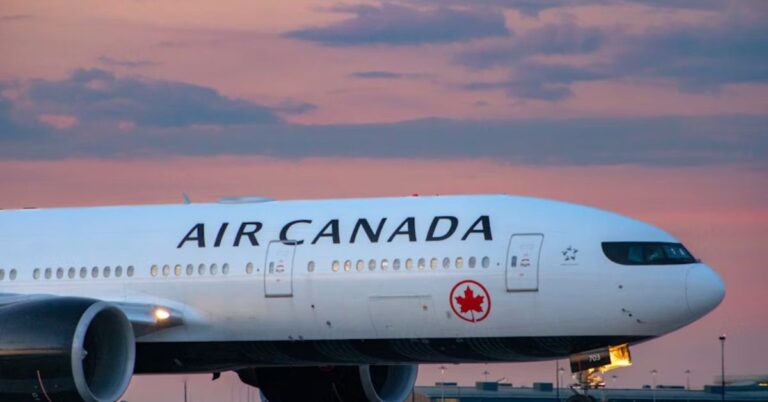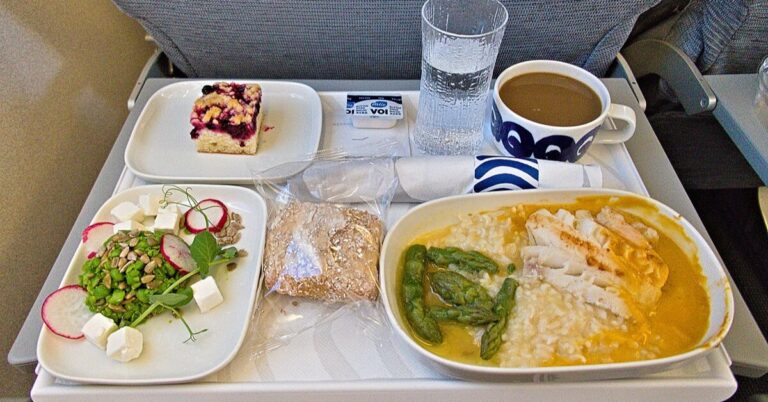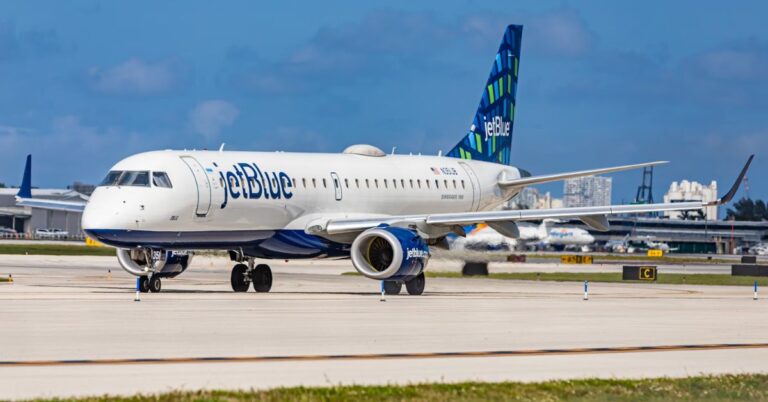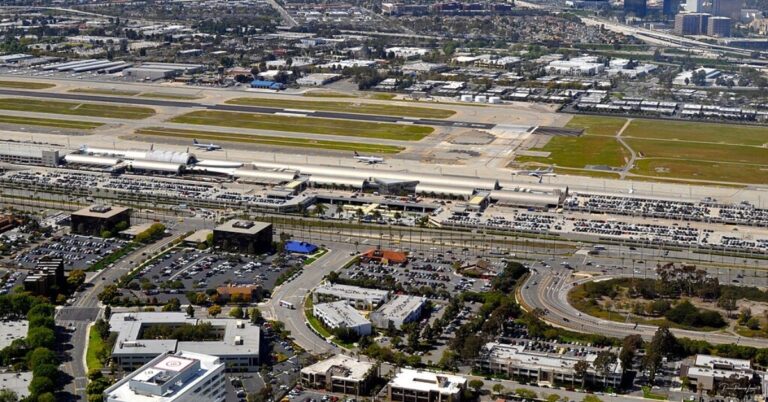15 Air Mile Mistakes Frequent Flyers Still Make

It started as a win: free flights, zero guilt. But air miles can be surprisingly tricky when it’s time to cash them in. There’s more to it than hitting “redeem.” And those fine-print snags? They’re real. The good news is that most are avoidable once you know what to expect. Let’s break down the stuff nobody warns you about.
Ignoring Partner Airlines
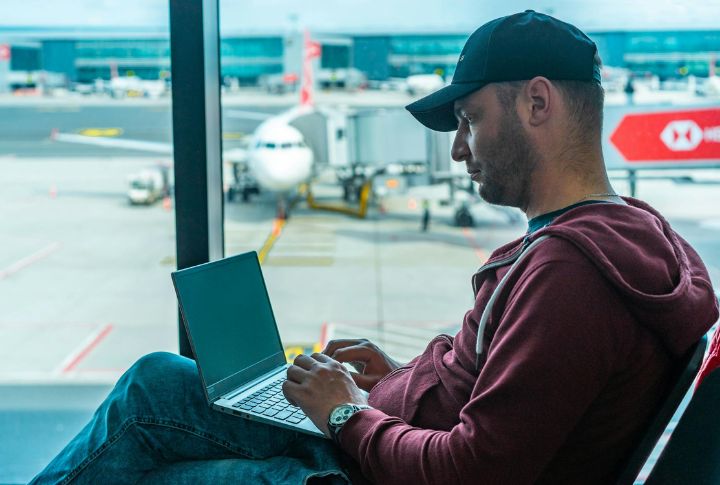
Just because your miles came from one airline doesn’t mean you have to fly with them. Partner airlines often offer better redemption deals on the same routes. Exploring those lesser-known options can stretch your miles further and sometimes even reveal more comfortable or convenient travel choices.
Sticking To Fixed-Rate Charts

Want to move up to business class? Fixed charts stand in the way. Since they don’t respond to demand, they rarely offer deals on premium cabins. Although dynamic pricing can be unpredictable, it rewards flexibility—sometimes letting you grab a first-class seat for fewer miles than you’d expect.
Booking Too Late
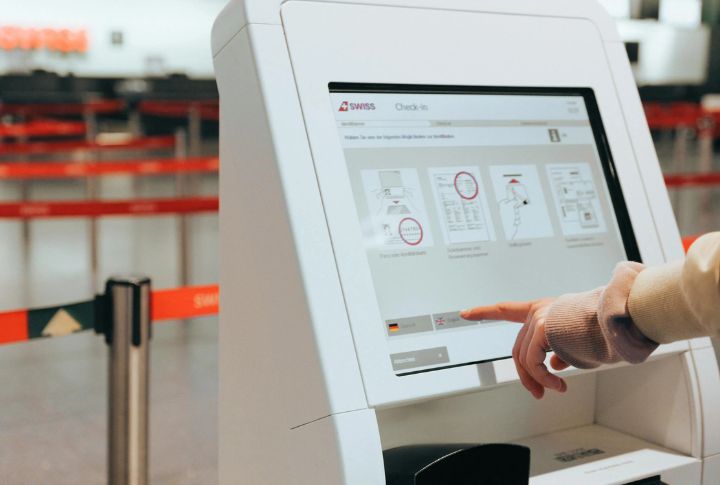
Waiting until the last minute for award flights might sound spontaneous, but it’s usually a trap. Premium cabins and popular spots are often claimed months in advance. As the departure date gets closer, options shrink fast, and what’s left usually costs more miles or isn’t available at all.
Overlooking Peak Travel Costs
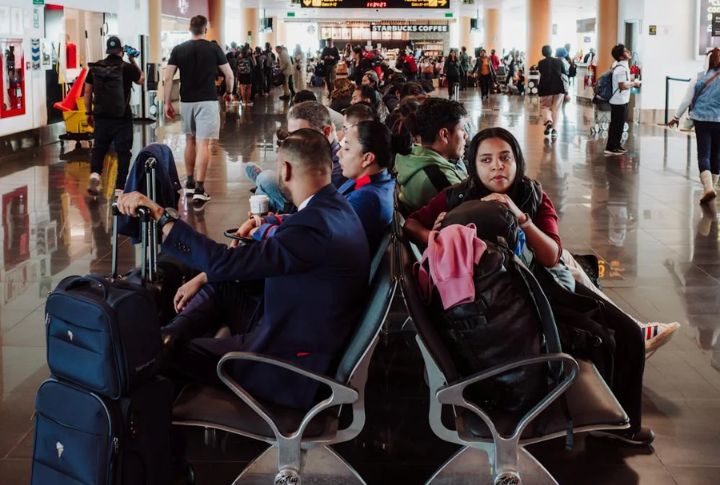
If you are planning to use miles during the holidays or school breaks, expect inflated redemption costs. Airlines adjust prices based on demand, and those spikes can drain your balance quickly. Booking early or traveling off-peak can help you save miles and score a much better deal.
Ignoring Stopover Perks

Some frequent flyer programs offer generous stopover policies, allowing extended layovers without extra miles. Think Reykjavik on the way to Paris or Tokyo en route to Bangkok. These hidden gems turn one trip into two and maximize your travel footprint for the same reward cost.
Using Miles For Low-Value Rewards

Using miles on things like gift cards or gadgets might seem tempting, but the return is usually weak. You’ll get far less value compared to flights, especially in premium cabins. If the goal is to make those points count, airfare remains the smartest way to redeem.
Paying Taxes With Miles

That tempting “use miles for taxes and fees” checkbox? It’s rarely worth it. Most programs apply a fixed and very low value when covering surcharges this way. It’s smarter to pay those fees out of pocket and keep your points for bookings that offer much better returns.
Missing Transfer Bonuses
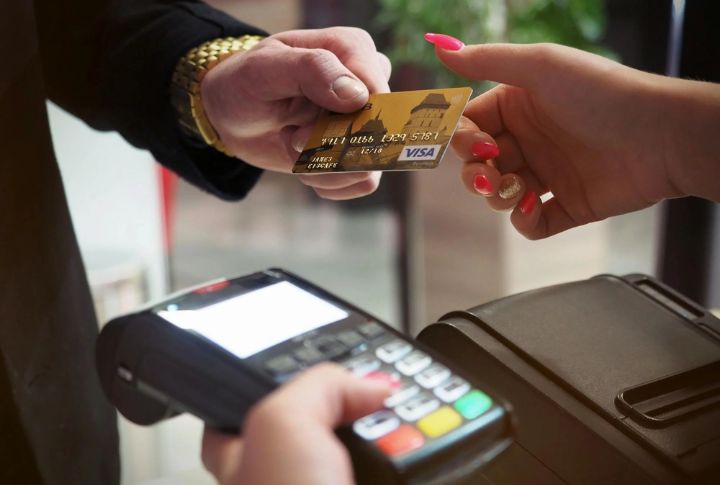
Sometimes, credit card programs provide bonus miles for transferring points to airlines. These promos can stretch your rewards significantly, but they don’t last long. Redeeming without checking for active bonuses often means using more points than necessary for the exact same flight or upgrade.
Relying On Search Engines Instead Of Loyalty Portals
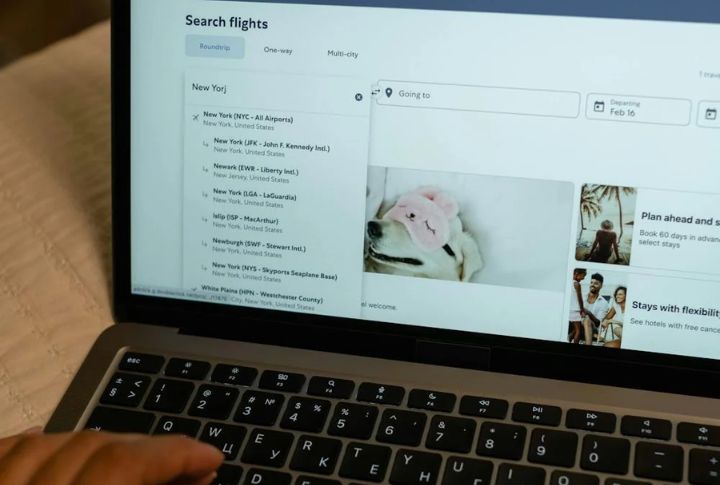
Just because a flight appears on your Google Flights doesn’t mean you can book it with miles. Airlines control how many award seats they release, and those spots can vanish quickly. Be sure to double-check availability directly through the airline’s loyalty program before assuming your miles will cover the trip.
Ignoring Regional Pricing
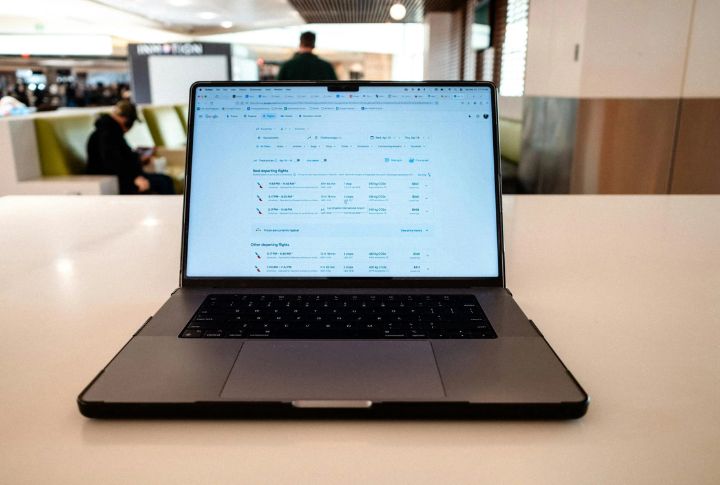
Some regions offer far better mileage value than others. Short flights in certain areas often require fewer points, especially when booked through local carriers. Ignoring those pricing differences can mean overspending. Why ignore when a bit of research can stretch your stash significantly?
Taking Cash Prices

A $300 domestic ticket that costs 40,000 miles plus fees? That’s a poor return on your points. Sometimes, it’s better to pay cash and take advantage of the rewards that come with the purchase. Always run the numbers before pulling the redemption trigger, particularly on cheaper routes.
Not Tracking Frequent-Flyer Program
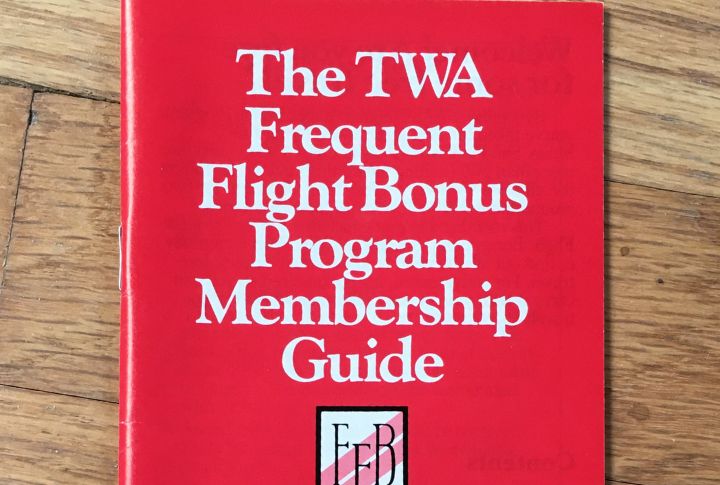
Frequent-flyer programs can and do change overnight. A sudden devaluation or a change in partner availability can affect future redemptions. Keeping some transferable points on hand and staying updated on program news helps you stay flexible when airlines make unexpected adjustments.
Ignoring Expiry Dates
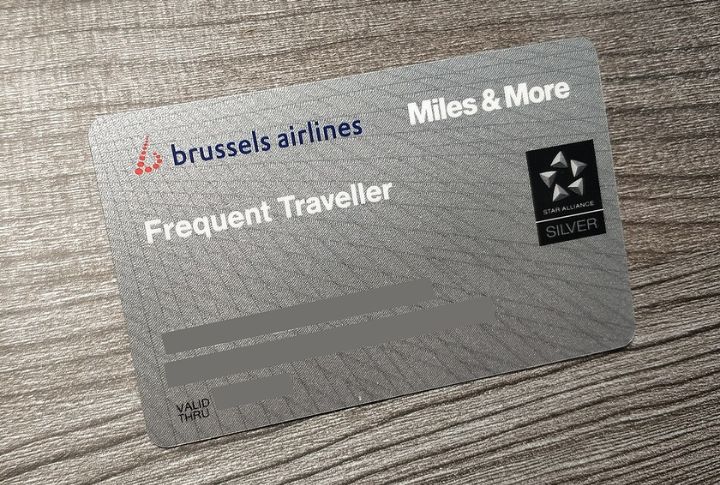
Airlines don’t always make it easy to keep your miles. Some programs let points last forever, but many still have expiration dates—usually between 18 and 36 months. If your account stays inactive for too long or you forget to make a simple move, the miles could disappear without warning.
Using The Wrong Booking Platform

Not all platforms offer equal value. Booking through third-party sites or credit card portals can strip away airline perks like seat selection or checked bags. Worse, redemptions may cost more miles than booking directly with the airline. Always compare options and understand the trade-offs before locking anything in.
Failing To Check Cancellation Policies
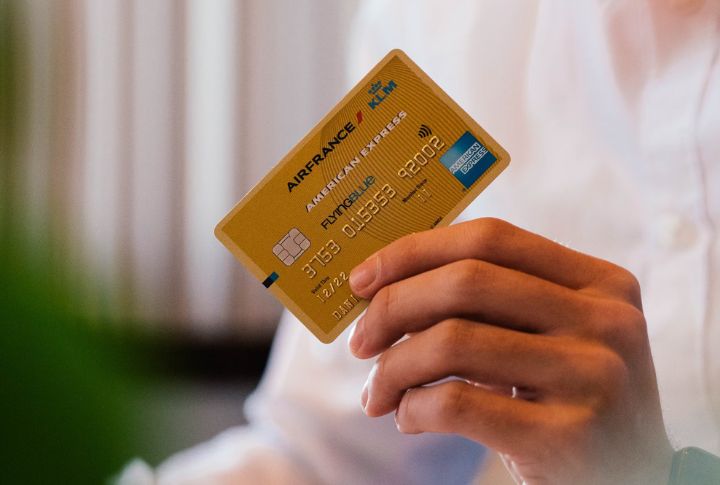
Think that free flight comes with free changes? Not always. Some award bookings carry steep cancellation fees, especially with international or partner airlines. If your plans are still uncertain, double-check the policy first. A last-minute change could cost more than you saved by using miles in the first place.


